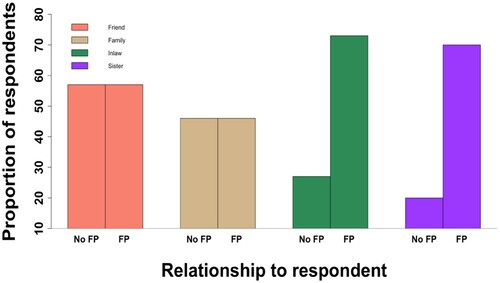Figures & data
Figure 1. Primary respondents were couples interviewed individually (Level 1), during which time they were also asked the questions from the Social Network Module. One alter per participant was then interviewed (Level 2), including a social network survey. Alter’s alters (Level 3) were not interviewed, however, data were provided regarding them from the alter.
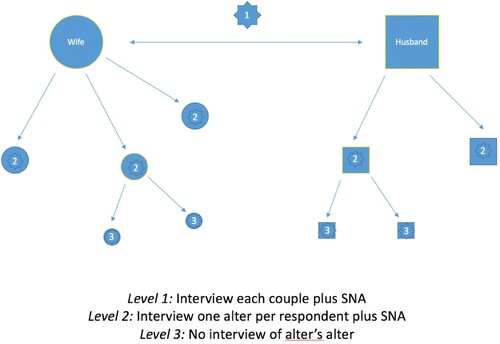
Table 1. Respondent and alter attributes, as reported by the respondent.
Figure 2. Difference between the types of relationships identified by parous versus nulliparous girls.
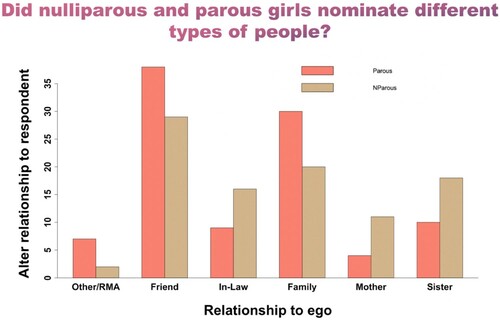
Figure 3. Compared to the control group, respondents in the RMA treatment group are more likely to report that their alters would be supportive of their family planning use, agree with a later amount of time between marriage and first birth, and would be supportive of men who listen to their wives fertility preferences.
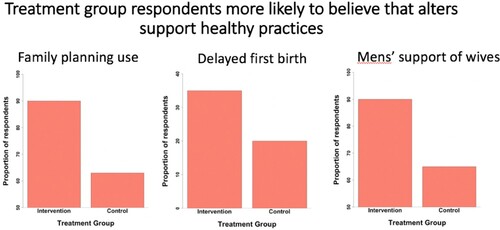
Table 2. Association between being in treatment group and reporting a belief that alter supports her potential use of modern family planning, dyadic analysis N = 402.
Figure 4. The association between the likelihood that a respondent believes that their alter supports FP and the respondents report of ever having used FP is significant for new users (those who did not report use at baseline), but not for previous users.
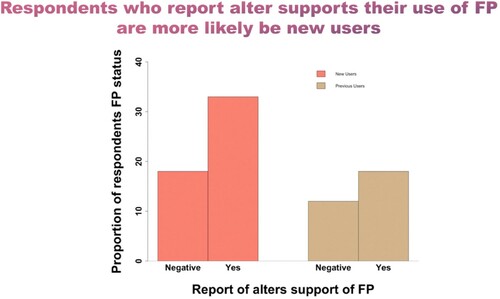
Table 3. Association between the respondents belief that alter supports her FP and respondents reported ever use of FP N = 250.
Table 4. Alter attributes from Alter Survey, alters self-report.
Figure 5. There is evidence of possible mediation between the association of a respondent’s treatment group, and the use of FP by an alter through the pathway of the alter’s knowledge of the RMA program. Longitudinal data will be necessary to understand this dynamic more clearly.

Table 5. Association between respondent being in the treatment condition and alter reporting ever use of FP N = 250.
Figure 6. The association between the respondents use of FP (y axis), and the alters use of FP differs by relationship of the alter to the respondent (x axis). Respondents use of FP is strongly correlated with that of Inlaws and sisters, but not at all related to that of friends or extended family.
